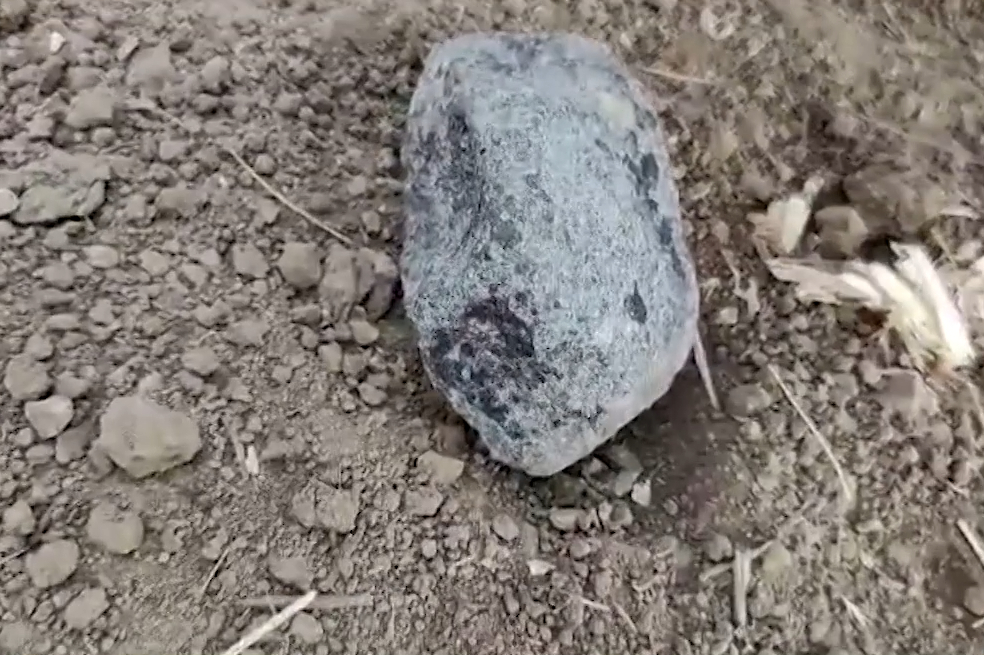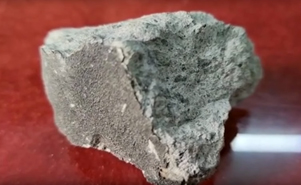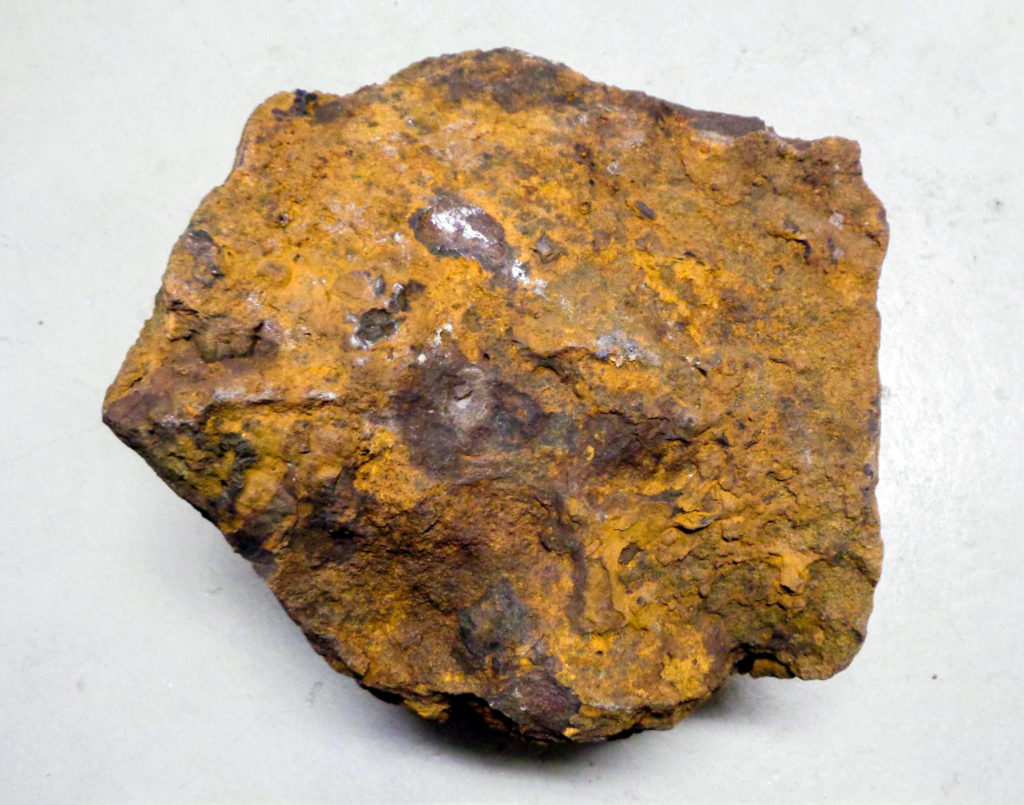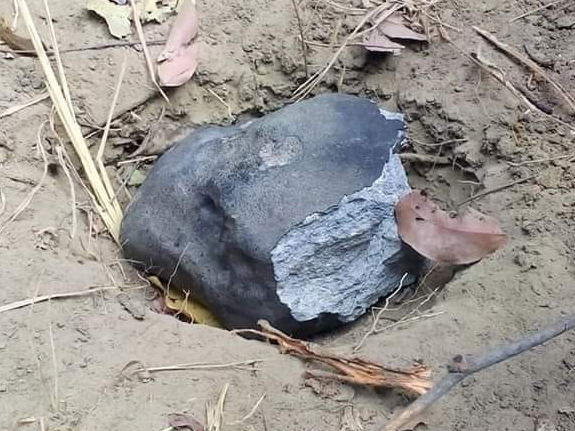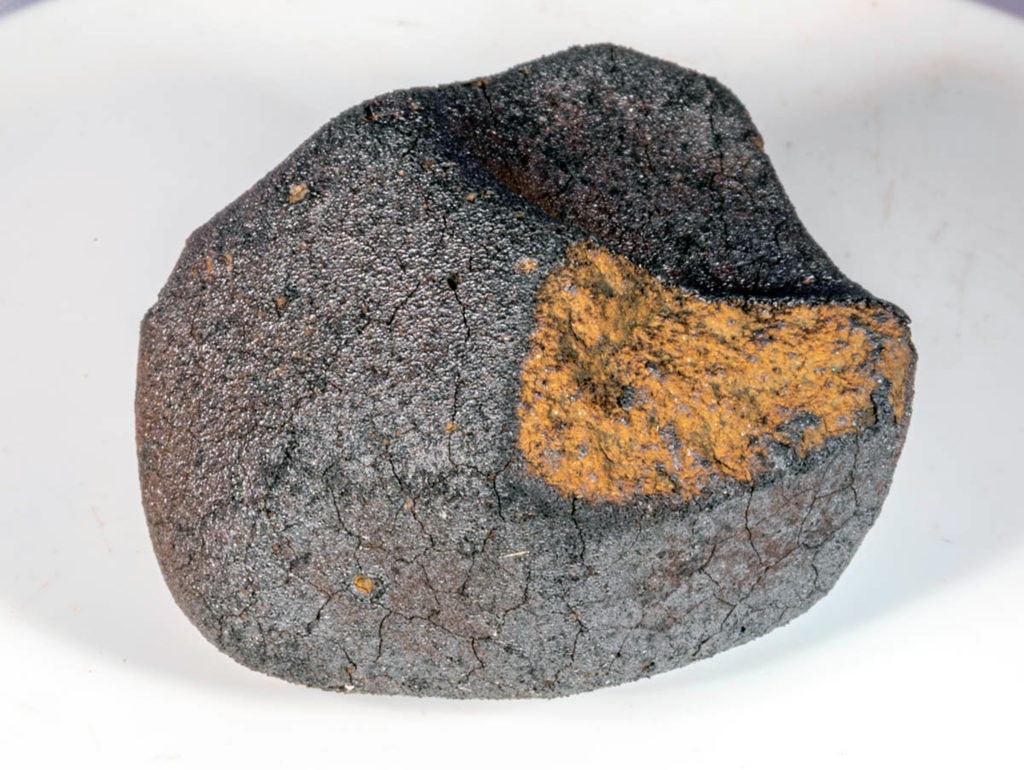Surface Ages for the Sample Return Asteroids Bennu, Ryugu, and ItokawaOPEN ACCESS
William F. Bottke, Alex J. Meyer, David Vokrouhlický, David Nesvorný, Edward B. Bierhaus, Daniella N. DellaGiustina, Rachael Hoover, Harold C. Connolly and Dante S. Lauretta
The Planetary Science Journal, Volume 6, Number 6, Published 2025 June 30
LINK (OPEN ACCESS)
PDF (OPEN ACCESS)
“The OSIRIS-REx, Hayabusa2, and Hayabusa missions have returned samples from three near-Earth asteroids (NEAs), namely Bennu, Ryugu, and Itokawa, respectively. Insights into the geological and dynamical history of these NEAs can be gleaned by linking their surface ages, derived by modeling the production of their crater size–frequency distributions, to the cosmic-ray exposure (CRE) ages of their samples. The complication is that as these NEAs traveled from the main belt to their observed orbits, the impactor flux striking them from main-belt asteroids, Mars-crossing asteroids, and NEAs also changed. Here we account for these factors by allowing Bennu, Ryugu, and Itokawa to dynamically evolve within a crater production model. Each world was tracked over many tens of different orbital pathways. Crater erasure effects, produced by superposed craters, sandblasting effects, and the impact-driven mass movement of surface materials, were also included, with the latter parameterized using a crater damage function. Surface ages were determined by comparing model crater size–frequency distributions to the observed ones. Our results yielded median surface age values for Bennu, Ryugu, and Itokawa of 7.7, 4.1, and 3.2 Myr old, respectively. These model ages are broadly consistent with the CRE ages measured from the returned samples. We suggest that these model ages may represent the timing of global resurfacing events, with the most likely mechanisms being shattering impacts from main-belt projectiles and YORP-driven spin up. When combined with cratering events, we predict that near-surface materials on Bennu, Ryugu, and Itokawa have experienced considerable churn with time.”


